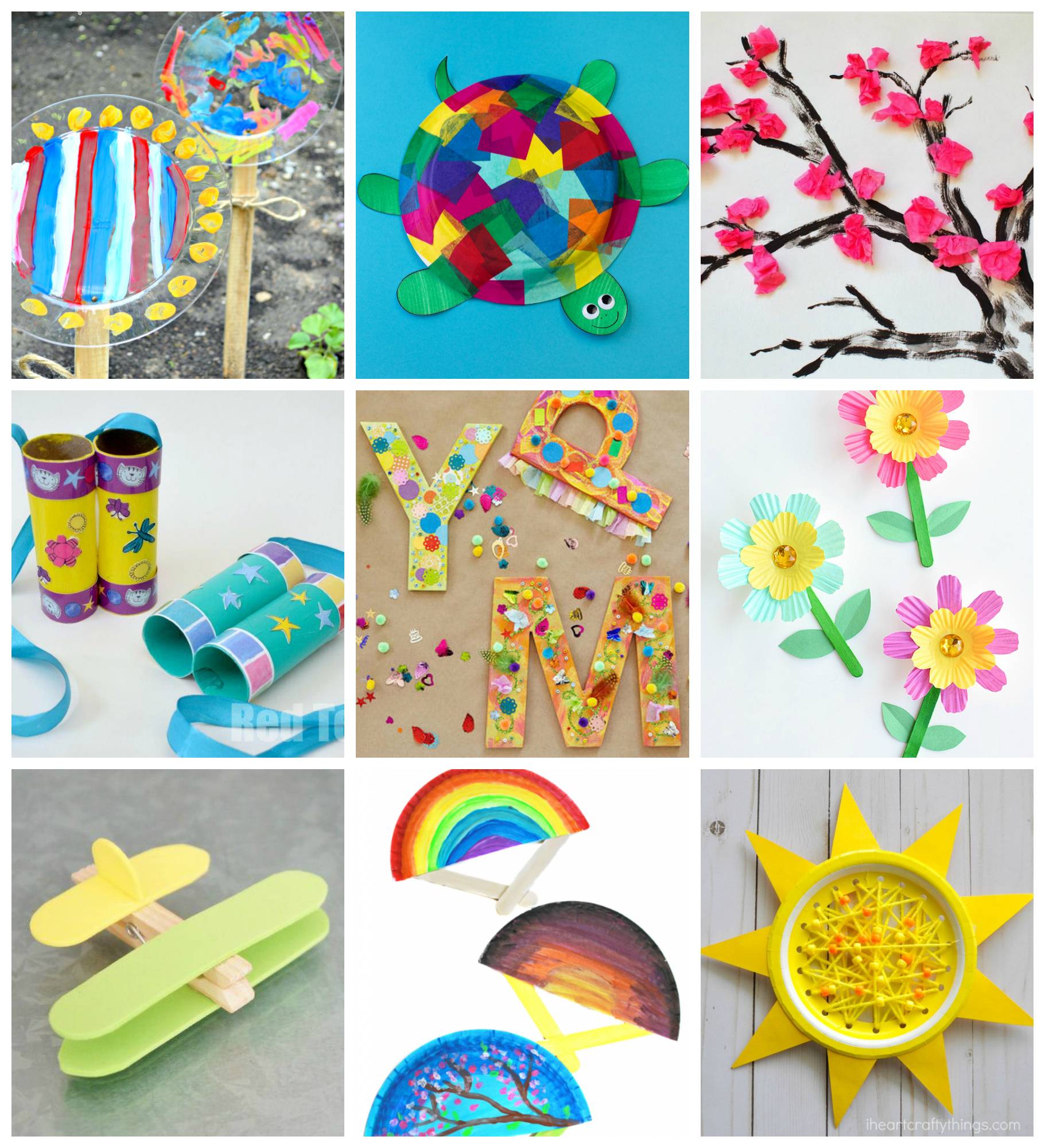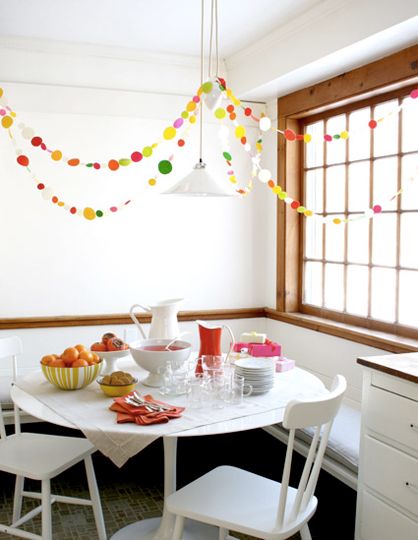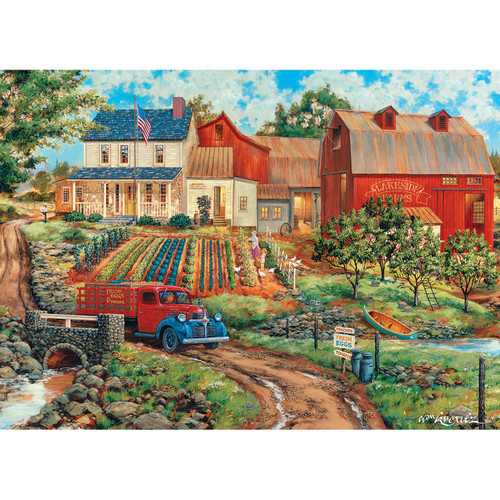
It is possible to be a beginner in knitting and wonder which knitting for beginners projects you should attempt. There are many options for beginning knitters. Here are some suggestions: Cowls and Dishcloths; Potholders; Coasters; and many more. Many of these projects are easy enough for anyone to do, you may be surprised.
Dishcloths
Dishcloths are a great first project if you're just starting to knit. They are very easy to make and don’t require complex stitches or yarn. You will need yarn, knitting needles, a crochet hook, and some yarn. You can either use a square-shaped pattern or create fancy stitches.
Cowls
Hats are one of the easiest projects to knit for beginners. An easy project to learn is the Easy Banded Beanie. You can choose your yarn color and follow a simple pattern. Recycled Silk Hat - This knitting pattern is easy and perfect for fall or winter.

Potholders
You can make potholders with a simple knitting pattern for beginners. There are a number of ways to make them, but they all require some basic knitting skills. Beginners can use double yarn to create more interesting potholders.
Coasters
Coasters are easy knitting projects that anyone can do, even beginners. This pattern only requires knit and purl stitches. The finished product can be displayed on your coffee table in a durable fabric. You can download free knitting patterns for coasters online.
Planter covers
Knitting planter caps is a fun, easy project that beginners will love. You can experiment with color and texture. The planter can be customized with buttons or other embellishments. Planter covers will protect your plants from the elements until spring. Use leftover sweaters for a coffee sleeves, sweater stockings, or pillow.
Crochet dishcloths
Crochet dishcloths may be a great opportunity to improve your knitting and crochet skills. You don't have to be a pro at crocheting or knitting. This project can help you start using the correct tools and techniques. Here are some examples of different yarns that you can use to make dishcloths.

Crochet coasters
Crochet coasters can be made quickly and easily using crochet. You can make them any size, and any hook size. They're functional and cute. They also absorb any condensation from glassware and won't leave your table covered in water rings. Crochet coasters also make it easy to clean.
FAQ
What are collection hobbies?
The most sought-after collections are books and movies, music, comics as well as comics, videos games, sports equipment, toys, and others.
You can also collect anything from stamps to coins to cars to dolls to action figures to model kits to figurines to art supplies to tools to kitchen utensils to jewelry to watches to gadgets to clothes to furniture to antiques to...
I believe you get the idea.
What are educational hobbies?
An educational hobby involves a sport or other activity where you can learn something from doing it. It could be anything from playing sports to learning how to play an instrument.
It should be enjoyable and have fun. While you don't need to do it every day, if bored you might consider other activities.
These activities can also be costly so make sure you don't spend too much.
What's a hobby?
Anything kids like to do that is not part of their daily routine is a hobby. You might find them interested in drawing, building things, painting, writing stories, playing with toys, listening to music, reading books, watching TV, and playing computer games. They may also like to play soccer, football, basketball, cricket, rugby, baseball, and hockey.
Many parents worry that their kids will get into trouble when they're free to do what they want. However, this is not always true. If your child is safe and doesn't cause harm to themselves or anyone else, they won't get into trouble.
It is important to keep in mind that just because someone likes something, doesn't mean they will choose it every time. If they don't like writing but love drawing, they might choose to draw images instead.
There are many hobbies to choose from, so it's up you to find the one that interests you most.
Why do we need hobbies
Hobbies are an important part of our lives because they give us time to relax, unwind, think creatively, exercise, socialize and enjoy ourselves. We also have the chance to learn new skills and pursue lifelong passions.
Hobbies help us to find meaning and purpose in our lives.
They are great for spending your free time when there's not much else.
They're also fun!
If you don’t have the time to do a hobby, you likely don’t have any other hobbies.
You have many choices. If you don't have a hobby yet, then maybe you should start one today!
How do I get started?
First, decide what type or activity you want to pursue.
Passion is essential once you have selected your subject.
It's important to understand why you want to start a particular hobby. This will help you to find your purpose and direction.
Once you've decided what type of hobby you'd like to pursue, you can begin planning.
Think about what equipment you'll need to purchase.
Consider whether you need to attend classes or seminars.
You must ensure you have enough room for your hobby.
You might also consider joining a club. These groups usually offer support and advice.
The last thing you should do is think about how much money it would cost to pursue your hobby.
Statistics
- The intensity of the dialogue partners' bond at the end of the forty-five-minute vulnerability interaction was rated as closer than the closest relationship in the lives of 30 percent of similar students. (time.com)
- I am 100% biologically a woman (discover.hubpages.com)
- Much of this decline reflects the fact that teens are less likely to work today than in the past; among employed teens, the amount of time spent working is not much different now than it was around 2005. (pewresearch.org)
- A new survey by Pew Research Center of teens ages 13 to 17 finds that 36% of girls feel tense or nervous about their day every day; 23% of boys say the same. (pewresearch.org)
- Studies show that just six minutes of reading can reduce stress levels by 60 percent. (oberlo.com)
External Links
How To
How to start gardening
Gardening is one of the oldest forms of agriculture. It requires patience, persistence and determination. You must choose a suitable location to start your garden. This could be a large plot of land or even just a small area in your backyard. Next, you will need to decide which type of plants are best for you. Do you prefer flowers or vegetables? Some people love to grow herbs, while others enjoy raising animals like rabbits. Before you decide what crops to plant, you should think about how much space is available. If your climate is cold, you may decide to plant berries and fruits.
Once you have chosen what you will be planting, you must take some time to prepare your soil. It is vital that your soil is prepared properly to determine whether or not your plants will thrive. The soil should be rich in organic matter to provide nutrients for your plants' roots. Organic matter is made up of leaves, twigs grass clippings, manure and compost. Once you have prepared your soil, you need to add nutrients. Depending on the type of plants you plan to grow, you may need different amounts of nitrogen, phosphorus, potassium, calcium, magnesium, boron, zinc, copper, manganese, iron, molybdenum, chlorine, sulfur, sodium, and so on. You can calculate these values online with a fertilizer calculator. There are many fertilizers on the market, so ensure you understand what you are buying.
After you have prepared your soil, and added the correct nutrients, you will need to wait until your seed germinates. This process usually takes anywhere from 2 weeks to 3 months, depending on the weather and the temperature in your area. Once your seeds have sprouted, you need to water them regularly. You can endanger your plants if you water them too often or too little. Ensure you give your plants enough water at regular intervals and avoid overwatering. Overwatering can result in root rot, fungal diseases, and even death. When watering your plants, remember that most plants require less water during the warm summer months than in winter. Some plants must be dried out after being watered. Tomatoes, for example, need to be kept moist but not too wet. They won't tolerate soggy soil. After the plants have finished flowering they must go dormant. Dormancy occurs when plants stop producing any new growth and start to store energy for the next harvest. Dormancy means that the plant stops communicating with its roots about producing food. The plant continues to store energy during this time. The plant will eventually die if it is not given enough sunlight or temperatures below freezing.
Urban areas can limit your choices for plants. Concrete sidewalks and roads, as well as parking lots, are common in urban areas. This blocks sunlight from reaching the ground. Concrete absorbs sunlight and blocks the soil below from receiving adequate sun exposure. This is why many plants cannot thrive in cities. There are still plants that thrive in urban environments. Many trees, shrubs, perennials, and other plants can adapt to urban life. Many annuals are also possible to grow indoors in containers. Container gardens can be used to grow greenery indoors year-round, no matter what the weather outside.
Now you're ready to plant.